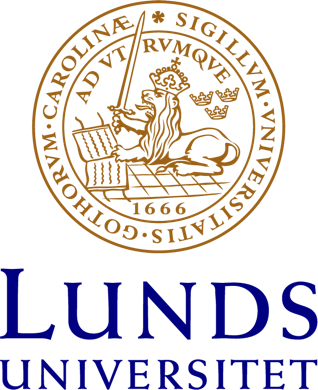Limosilactobacillus reuteri DSM 17938 Produce Bioactive Components during Formulation in Sucrose
Improved efficacy of probiotics can be achieved by using different strategies, including the optimization of production parameters. The impact of fermentation parameters on bacterial physiology is a frequently investigated topic, but what happens during the formulation, i.e., the step where the lyoprotectants are added prior to freeze-drying, is less studied. In addition to this, the focus of proc
